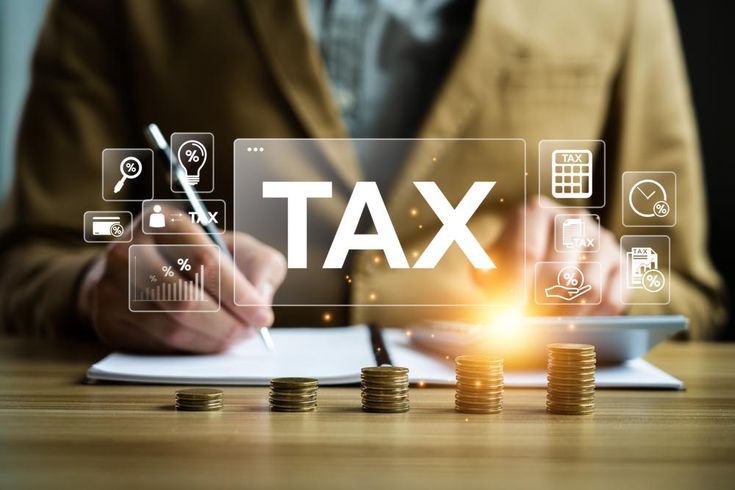Transportation: Traffic management and public transit optimization with AI analytics

Project Overview
Industry: Smart Cities / Public Transportation
Scope: City-wide traffic flow optimization and public transit service enhancement
Project Duration: 11 months
Team Size: 3 AI engineers, 2 transportation planners, 2 data scientists, 1 operations manager
Business Challenge
Urban transportation agencies struggled to keep up with growing congestion and public transit inefficiencies. Key challenges included:
- Rising traffic congestion causing delays and increased emissions
- Inefficient traffic signal management across intersections
- Overcrowding in public transit during peak hours and underutilization in others
- Limited real-time insights into traffic and passenger flows
- Citizen frustration with long commutes and unreliable transit schedules
These issues resulted in lost productivity, higher environmental costs, and lower citizen satisfaction.
Our Approach
We considered manual scheduling improvements versus AI-driven traffic and transit optimization. The AI approach was chosen for:
- Real-Time Analytics – Continuous monitoring of traffic and transit data streams
- Dynamic Optimization – AI models adapt to live conditions instead of fixed schedules
- Scalable City-Wide Impact – Supports growing populations without exponential infrastructure costs
- Sustainability – Reduced fuel consumption and emissions through smarter routing
- Equity of Service – Ensures underserved neighborhoods receive fair transit coverage
The solution integrated traffic signal optimization, predictive transit scheduling, and commuter demand forecasting using AI and IoT sensors.
AI-Powered Transportation Features
- Intelligent traffic light control using real-time sensor and camera data
- Predictive analytics to forecast congestion and transit demand
- Dynamic public transit scheduling and route adjustments
- Passenger flow monitoring to balance capacity and reduce overcrowding
- Mobile app integration for real-time travel updates to citizens
Implementation Process
- Phase 1: Data collection from traffic sensors, cameras, GPS-enabled buses/trains
- Phase 2: AI model development for congestion forecasting and transit demand prediction
- Phase 3: Pilot rollout in 20 intersections and 2 high-traffic transit lines
- Phase 4: Integration into citywide traffic management system and public transit operations
- Phase 5: Expansion to multimodal transportation, including bikes and ride-sharing hubs
Quality Assurance
- Benchmark testing against baseline congestion and transit delays
- Simulation environments to stress-test AI models before deployment
- Human operator override controls for traffic and transit managers
- Regular audits for fairness and service equity across neighborhoods
Results
Productivity Improvements
- 25% reduction in average commute times in pilot corridors
- 35% improvement in on-time performance of buses and trains
- 20% fewer manual interventions needed by traffic operators
- Faster adjustment to incidents (accidents, road closures) with real-time rerouting
Service & Safety Outcomes
- 18% reduction in traffic accidents at optimized intersections
- Reduced overcrowding on transit during peak hours by 22%
- Improved rider satisfaction scores by 30%
- Reduced CO₂ emissions citywide by an estimated 12%
Citywide Impact
- Economic productivity boosted by faster, more reliable commutes
- Increased public transit ridership as reliability improved
- More efficient use of existing infrastructure, delaying costly expansions
- Enhanced sustainability goals through reduced fuel use and emissions
Technical Implementation
- AI Models: Predictive congestion forecasting, optimization algorithms for traffic light cycles, demand forecasting for transit
- Data Sources: IoT traffic sensors, GPS from transit fleets, ticketing systems, mobile apps
- Integration: Centralized transportation management platform with city operations centers
- Security: Encrypted data sharing and compliance with smart city cybersecurity standards
Key Features
- Real-time traffic signal optimization
- Predictive congestion and incident forecasting
- Dynamic public transit scheduling and routing
- Passenger flow analytics to balance capacity
- Citizen-facing travel information apps
Client Feedback
The AI-driven traffic and transit optimization system has transformed mobility in our city. Commute times are down, buses run more reliably, and we’re seeing greener, safer streets. Citizens are finally noticing a real difference in their daily travel.
Implementation Timeline
Before AI Implementation
- Chronic congestion in major intersections
- Frequent delays and overcrowding in public transit
- Long citizen commute times with little predictability
- High emissions from idling vehicles
After AI Implementation
- 25% faster average commutes in pilot areas
- 35% better on-time performance in transit
- 22% less overcrowding during peak hours
- 12% lower emissions across the network
Quality Control Process
- Continuous performance monitoring with congestion and delay KPIs
- Quarterly fairness audits to ensure equitable service distribution
- Dispatcher/operator feedback loops for human-in-the-loop oversight
- Regular citizen surveys integrated into the improvement process
Implementation Challenges
- Integrating AI models with legacy traffic control and transit IT systems
- Ensuring cybersecurity resilience in connected infrastructure
- Balancing optimization for cars, buses, cyclists, and pedestrians
- Addressing community concerns about surveillance and data privacy
Continuous Improvement
- Monthly retraining of traffic models with live data streams
- Adaptive public transit schedules refined by real-world ridership patterns
- Expansion into multimodal mobility, including micro-mobility (e-scooters, bikes)
- Predictive infrastructure maintenance alerts (e.g., road wear, transit vehicle health)
Future Enhancements
- Expansion into regional smart mobility networks connecting multiple cities
- AI-powered multi-modal trip planning for seamless journeys
- Use of computer vision to detect pedestrian and cyclist flows for safer streets
- Integration with autonomous vehicle fleets for adaptive traffic flow management
Explore More Case Studies

Emergency Services: 911 call analysis and emergency response optimization systems
